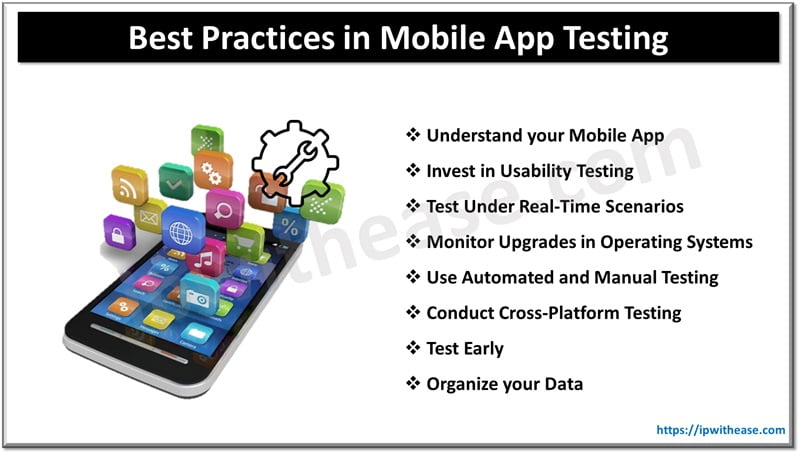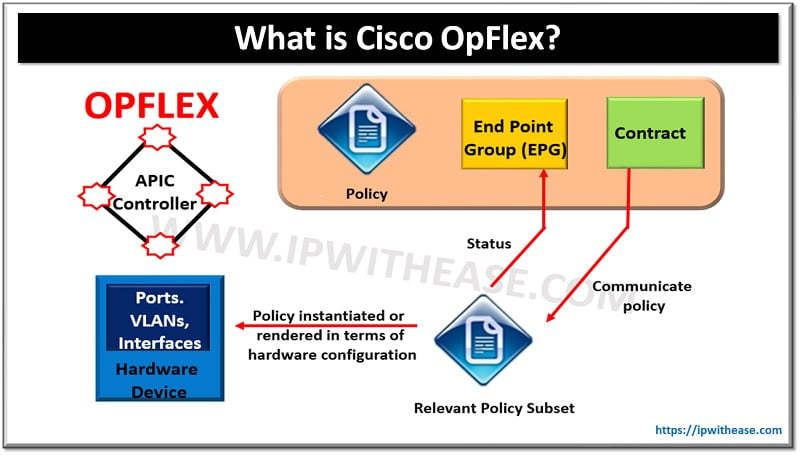Table of Contents
There are over three lakh applications available on the Google Play Store. Astonishingly, around 37,000 new apps were added just last month! These numbers can be mind-boggling for anyone gearing up to launch their app. As we enter 2024, the app development market is becoming increasingly competitive. To thrive, you need a solid strategy and adopt the best practices to stand out.
Ensuring that your application meets quality standards and reliability is crucial. One of the most effective ways to achieve this is through thorough testing. Rigorous testing not only enhances the quality of your app but also helps you save a significant portion of your production budget. Moreover, it accelerates your product’s time-to-market, giving you a valuable competitive edge early on.
So, let’s delve into some of the best mobile app testing practices for ensuring a seamless user experience in 2024.
Common Challenges in Mobile App Testing
Before we explore the best testing practices, let’s discover some common challenges one must overcome during testing.
Different Data Connection
Today, in the digital world, different mobile devices use different internet connections. Some devices may be connected through a 3G mobile network, and some through Wi-Fi. Thus, there is a vast variation in the speed and stability of these networks. Henceforth, ensuring that your application works best across all networks becomes necessary.
Device Fragmentation
Depending on the OS, a mobile device is of two types: Android and iOS. However, there are more than 250 variations available in the market. These phones differ in terms of shape and size. So, the testing team must ensure the application performs well on all devices.
Processing Power
The phone’s processing capacity becomes essential when launching a game or entertainment app because these types of applications need a significant amount of power. However, it is also true that we have no idea who will be using our applications. Sometimes, many applications run quietly in the background and consume the phone’s processing power. So, we must ensure that our app uses only a little energy.

Best Practices for Mobile App Testing
Understand your Mobile App
Before you start testing your application, ensure you know how it works. You must be able to explain what the app is supposed to do and how. This will help you stay on the right track throughout the testing process.
Invest in Usability Testing
Usability testing evaluates the app’s user interface (UI) and user experience (UX). Thus it ensures intuitiveness, accessibility, and user satisfaction. It provides developers with valuable insights into user preferences and pain points.
Test Under Real-Time Scenarios
Ultimately, your application will be used by real people in the real world. Therefore, it is crucial to test your application in real-time scenarios. This means testing your application with either different time zones, network strengths, or when GPS is on. Overall this means testing your application with various interrupts that can happen in real time.
Monitor Upgrades in Operating Systems
Sometimes operating system updates can also hinder your application performance. This particularly happens when the mobile OS is upgraded to a new version. So, the people who test the app should always be watching out for these updates. They must ensure that the app keeps working properly even after the OS is upgraded.
Use Automated and Manual Testing
Your testing strategy must include a mix of automated and manual testing. For example, automated testing can help check repeated tests. This not only eliminates human errors but also boosts time to market. Manual testing, on the other hand, can be useful in finding problems that are harder for a computer to solve. So, by using both methods, you can catch a wider range of problems.
Conduct Cross-Platform Testing
With over 3 billion active users, Android dominates the world of mobile applications. But this doesn’t mean that one can overlook iOS. As of March 2024, with around 1 billion users, iOS has a 29 percent market share. These numbers signify the importance of cross-browser testing. This testing ensures that your app looks and behaves the same way on different devices. So, this testing is all about ensuring that your users have a seamless experience with your app.
Test Early
You must start testing your application from the early development stage. This will allow you to catch bugs and improve the overall functionality. Additionally, it can help you save a significant amount of your development money. Debugging and rectifying problems at an early stage is simpler and cheaper. Further, consistent testing ensures that your application works seamlessly across various platforms.
Organize your Data
Just like we need to monitor our health for healthy living, similarly, for adequate testing, one must keep track of all the information. However, this is not easy because one has to track each process starting from what needs to be tested. So, by keeping your testing data accurate and up-to-date, you can ensure a smoother testing process.
Conclusion
Thus, mobile app testing is critical to the app development lifecycle. It ensures quality, reliability, and user satisfaction. By adhering to the best practices discussed in this article, you can optimize app performance. It also helps your team to deliver exceptional user experience. So, by adopting a proactive approach to testing, you can position your app for success in this competitive landscape.
ABOUT THE AUTHOR
IPwithease is aimed at sharing knowledge across varied domains like Network, Security, Virtualization, Software, Wireless, etc.



